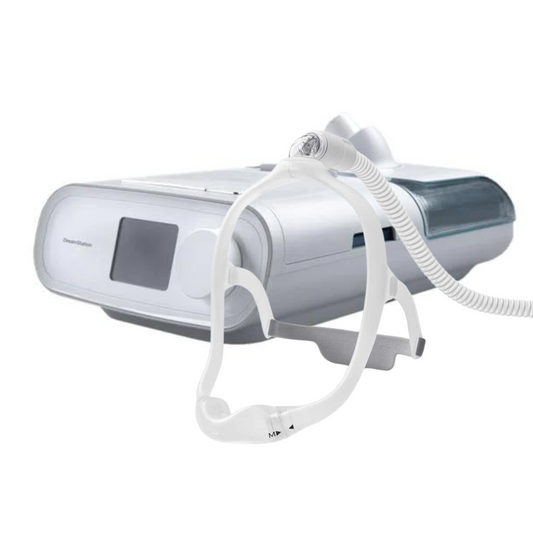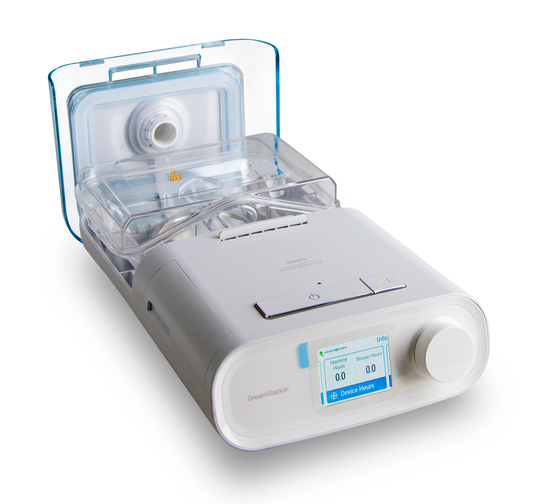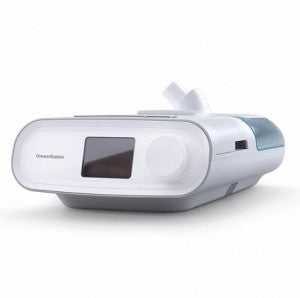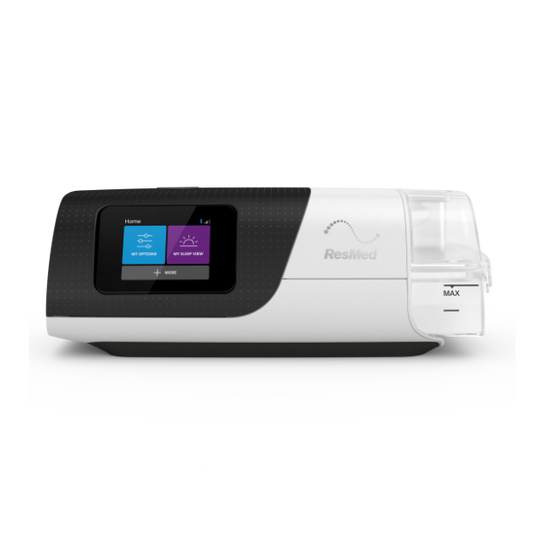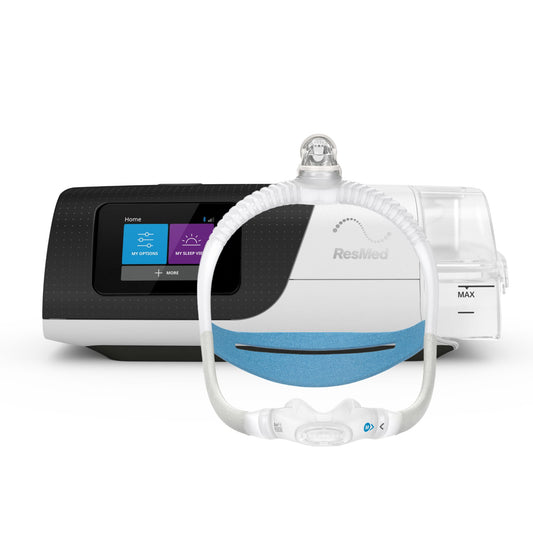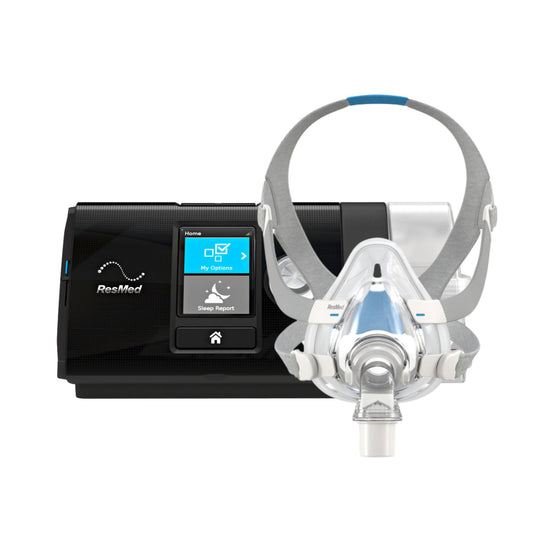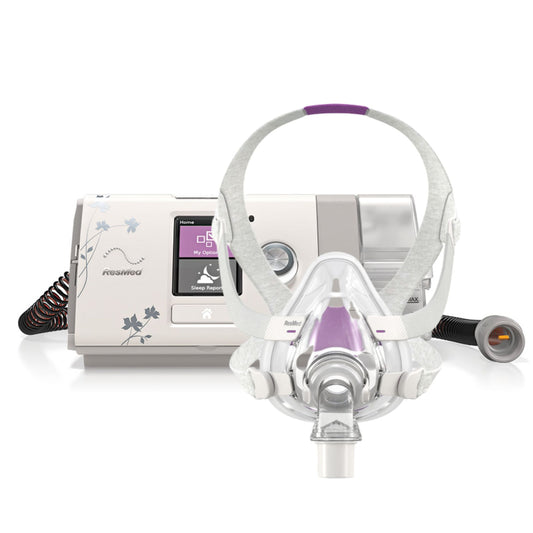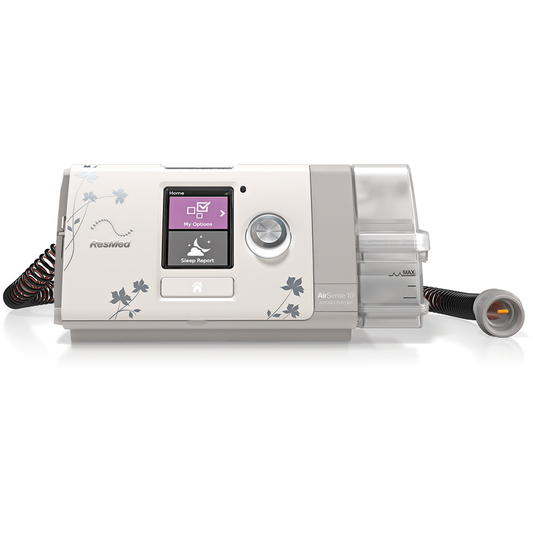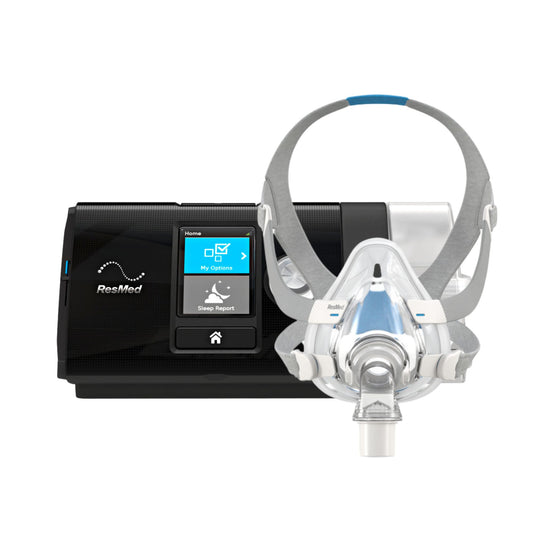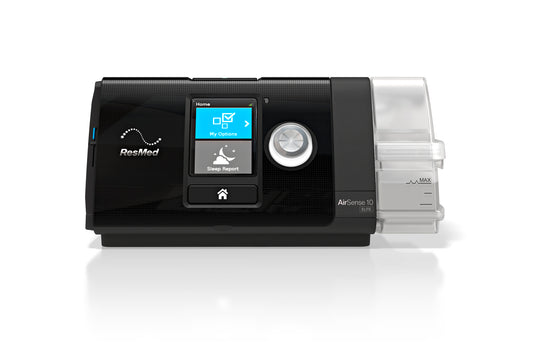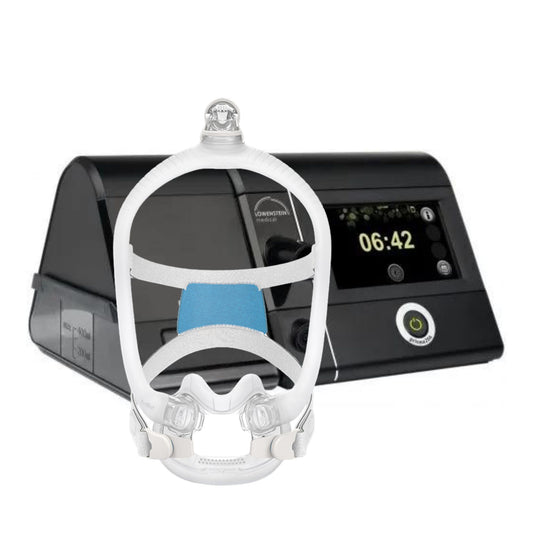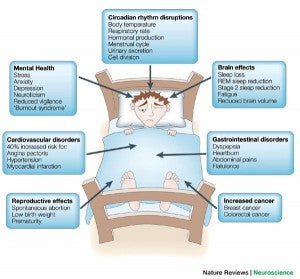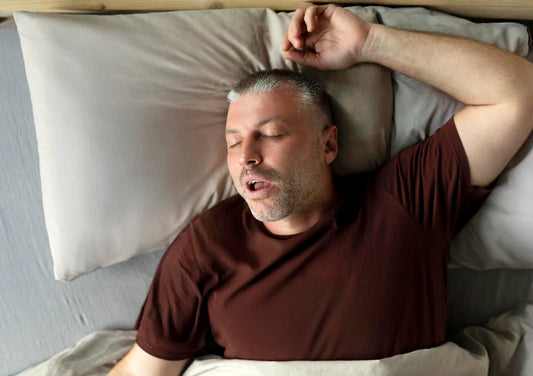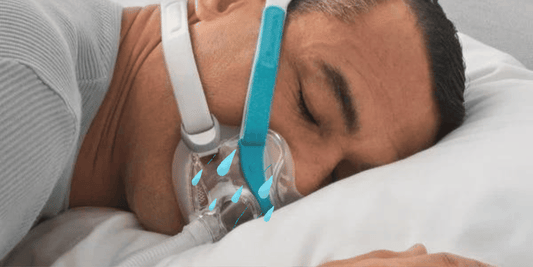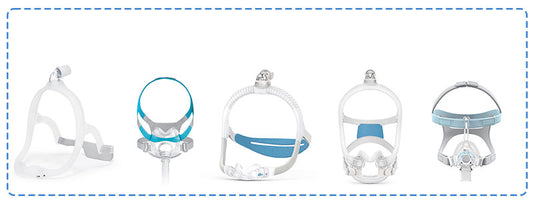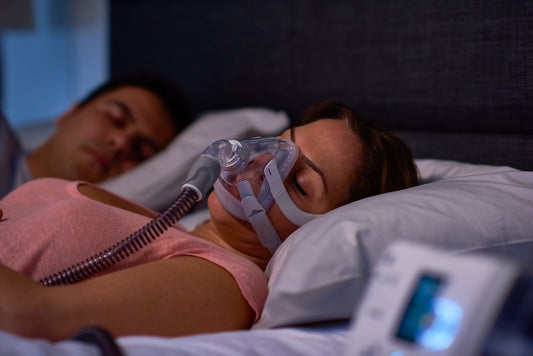Sleep-Wake Disorders of Circadian Rhythm
The disruption of an individual’s circadian rhythm brings weeks, months or even years of sleep times that are out of alignment. There are six general types of circadian rhythm disorders and a person suffering from these disorders has an abnormal sleeping pattern.
Delayed Sleep-Wake Phase
A circadian rhythm sleep disorder is Delayed sleep-wake phase disorder or DSP. This is when the sleep pattern of a person is delayed by at least two hours. A person with DSP will sleep late at night and wake up very late in the morning. Though sleep quality is quite normal, the delayed pattern of sleep affects the person’s life in terms of schedules as the delay pattern interferes with work, school, and other social obligations. One of the classic signs of DSP is going to sleep until late at night and experiencing a hard time waking up in the morning. DSP may seem like insomnia. His daytime functioning is affected, and his condition may lead to excessive fatigue and sleepiness.
Advanced Sleep-Wake Phase
Advanced sleep-wake phase disorder or ASP is the reverse of DSP. A person with this condition sleeps several hours before regular bedtime and therefore wakes up very early in the morning. Individuals with ASP normally feel very sleepy in the late afternoon, so they go to bed between 6 p.m. to 9 p.m., waking up between 2 am and 5 a.m. As with DSP, in people with ASP sleep quality is normal. Though sleeping early and waking up early is not a problem, it becomes so when work, school and social obligations are factored in. In such cases, staying awake is a struggle. Even when deprived of sleep, a person with ASP still wakes up early, mistaking their condition for insomnia.
Irregular Sleep-Wake Rhythm
A person with this type of sleep disorder has no normal sleep pattern. His sleep pattern is so irregular and disorganized it is hard to classify. Individuals with irregular sleep-wake rhythm may sleep on and off over 24 hours, with the sleep pattern broken into irregular patterns. The sleep pattern is likened to an infant who sleeps a few hours and then is awake a few hours within 24 hours.
Non-24-Hour Sleep-Wake Rhythm
Individuals with this type of sleep disorder have a sleeping pattern that is out of alignment. The sleep time shifts later each day. Going to sleep and waking up time move later every day. Morning light and other factors reset the sleep-wake clock of normal people to a 24-hour schedule. Without the 24-hour reset, the sleep time of a person will move later. Light is a major factor in the body-clock reset which is why most people with non-24-hour sleep-wake rhythm is blind. As the sleep pattern drifts a bit later daily, the disorder can present itself as DSP and then later as ASP.
Shift Work Disorder
The conflict lies between a person’s natural circadian rhythm and his night shift work schedule. A person must work while his body tells him to sleep. Then when he is about to go to sleep, his body tells him to stay awake. People with this type of sleep disorder have up to four hours less sleep than the average person. Sleep quality is so poor that feeling fatigued is expected. On the other hand, not all who do night shift work suffer from shift work disorder. Given a few weeks, their internal clock adjusts to their shift work.
Jet Lag
Travelling across time zones could result in jet lag as a person’s internal clock is still in synch with the previous time zone. A traveller can sleep when it’s night time in his previous time zone and stay awake when he is supposed to be asleep. Jet lag is temporary. Its severity depends on how many time zones a person crosses and which directions he travels. West-to-east travel is more difficult to adjust to than travelling east-to-west.
Conclusion
Loss or lack of sleep ultimately affects a person’s health, relationships, work and other social obligations. If you think you have a sleep disorder, call us.
Find a clinic or call us now for a consultation 1300 750 006.
